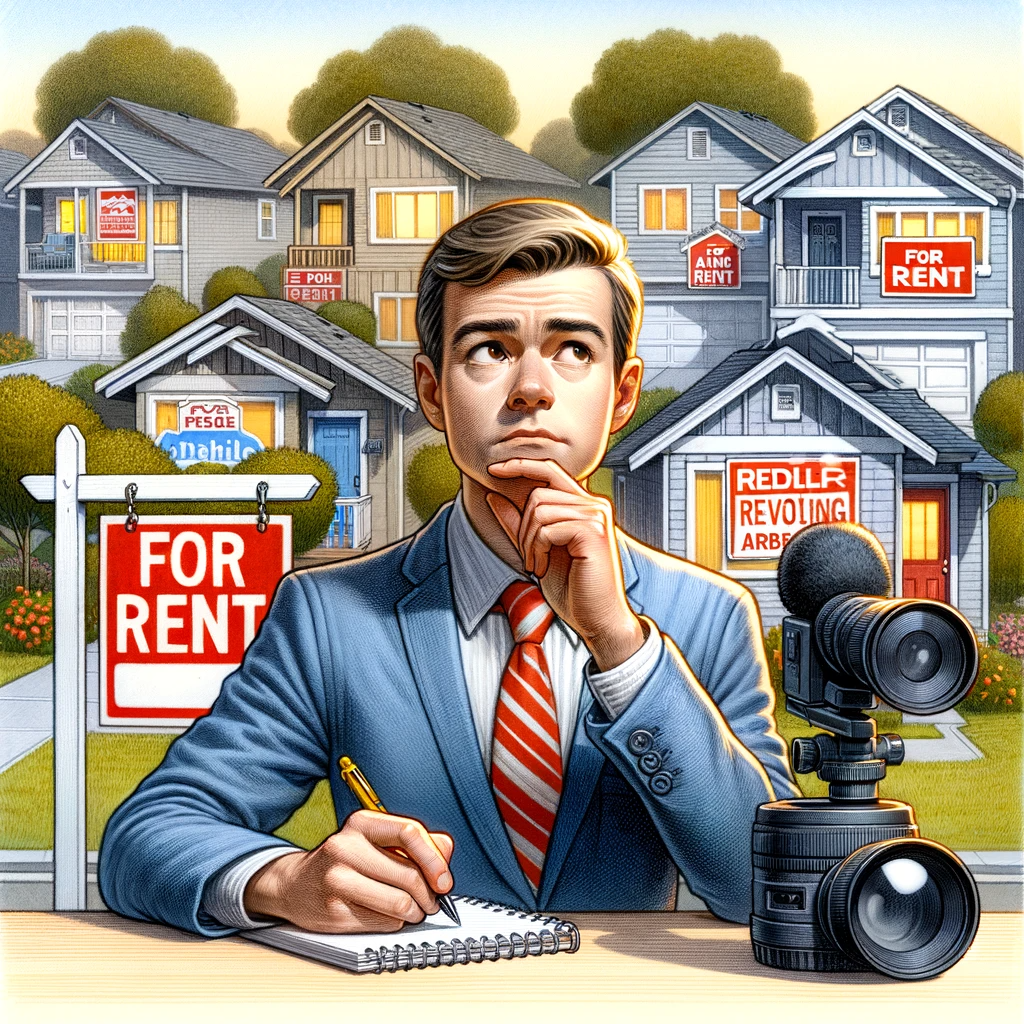
Investing in Single-Family Home Rentals: A Journalist's Perspective
July, 2023
I've come across a myriad of investment strategies and
opinions. One of the most debated topics, especially in the current economic
climate, is the viability of buying a single-family home and renting it out for
income.
Some investors argue that this form of investment yields a ridiculously low
annual return and comes with a lot of hassle. The temporary demand surge created
by the Airbnb craze may have made the math work for a while, but some argue that
this was just a passing phase.
However, there are others who have found success in this strategy. For instance,
some investors have managed to find distressed properties, fix them up, and then
cash out, leaving little to no money in the property. This strategy can yield an
infinite cash flow percentage return, with appreciation of 4% or more per year.
There are also those who have managed to make substantial returns from
single-family home rentals. For instance, one investor purchased five
single-family home rentals in Raleigh in 2012-2013 for $130,000 each. With a
down payment of 30%, the cash outlay was $200,000. The cash flow from these
properties has been about $200 per month per unit for 11 years, totaling
$132,000.
On the other hand, there are those who argue that the return on investment for
single-family home rentals is not worth the hassle. They argue that after
accounting for all the work involved, you end up paying someone to stay in your
house.
There are also those who argue that residential real estate can be a good
business, but it's not a good side business. You really have to work at it to
make it profitable.
However, there are those who argue that government policies make real estate
investment attractive. The government helps people buy real estate with minimal
down payments and also stops people from investing in a lot of good
opportunities due to "accredited investor" laws.
The viability of buying a single-family home and renting it out
for income depends on a variety of factors including the investor's strategy,
the location of the property, and the investor's ability to manage the
property. It's not a one-size-fits-all investment strategy, and what works for
one investor may not work for another.

The Real Estate Market: An Unsustainable Bubble?
July, 2023
The real estate market is a fascinating beast. Despite the economic downturn, the
market remains unfazed, with homes in many areas receiving multiple offers. In
fact, most homes across the country are selling for more than their asking
price. This is largely due to the fact that there is currently a lack of
inventory, which is keeping the market alive for now.
However, this raises an important question: when will housing become affordable again for
millennials? Some speculate that it might take a couple of years for the market
to adjust. But with a 400K loan over 30 years at a 3% interest rate costing
about 1.6K per month, and the same loan at a 7% interest rate costing 2.6K per
month, it's clear that the current situation is unsustainable.
Let's face it, how does the housing market stabilize given these numbers? How many people
have the income to qualify for a loan at an over 7% mortgage rate? The monthly
payment is up around 40%, yet there are those who believe that housing prices
will stabilize and move higher. This is hard to comprehend.
Some argue that 7% is not high by historical standards. However, this argument fails to consider
the fact that houses today cost significantly more than they did in the
past. The high interest rate argument is therefore moot.
The basic principle of supply and demand dictates the real estate market. Currently, supply is low,
which keeps prices high. Some believe that there will be no crash and that when
rates come down over the next couple of years, more people will sell their homes
and buy new ones because they have a lot of equity.
However, others argue that a recession is inevitable, leading to a flood of new inventory and not
enough buyers, causing prices to drop. This is a cycle that we have seen many
times before.
There are those who have tried to buy a home and put down 50% cash, yet still can't afford the monthly payments. In fact, their mortgage would
double over their current one.
The reality is that the number of people who have the income to qualify for a loan at an over 7% mortgage rate is about as
many as there are houses available.
The biggest point that seems to be missing from the conversation is that because rates are high, no one wants to
sell either to give up their low interest rates. Ultimately, supply and demand
dictate prices.
The current state of the real estate market is unsustainable. The numbers simply don't add up. Something has to give, and
when it does, it's likely that the market will crash. However, as the old saying
goes, the market can stay irrational longer than one can remain solvent. Only
time will tell how this situation will unfold.

